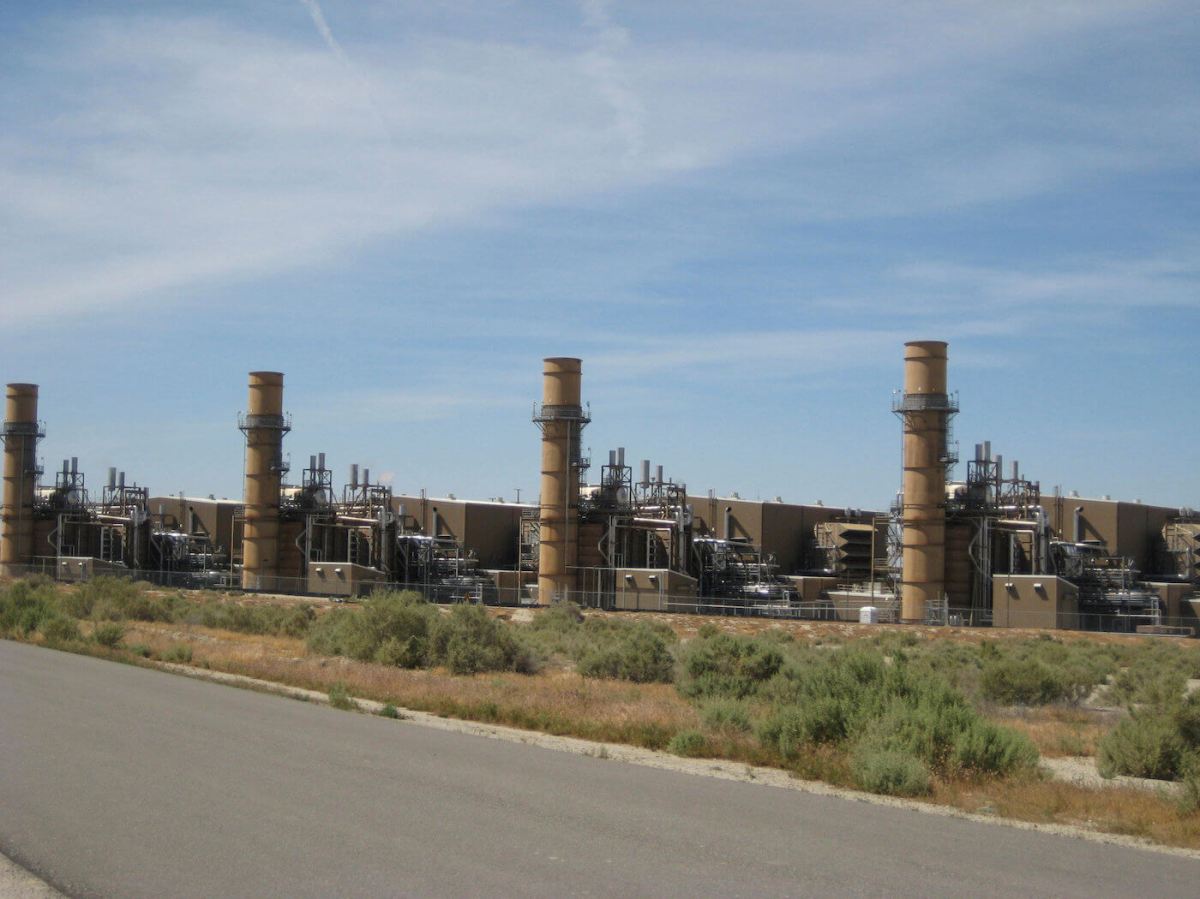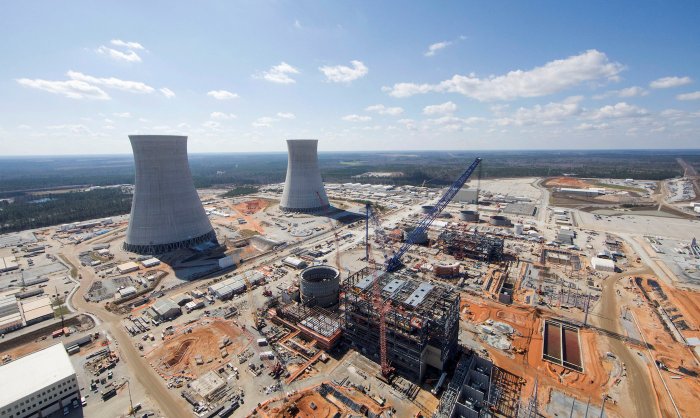By Nichola Groom
(Reuters) – In February of 2001, then California Governor Gray Davis stood at the site of Calpine Corp’s new Sutter natural gas power plant and unveiled his plan to fast-track construction of similar stations to add 20,000 megawatts of modern, efficient generation to the state in three years. Natural gas, Davis said, was “the most environmentally friendly, clean, appropriate fuel” to help the state move beyond the energy crisis it had just endured and enable its 34 million residents “to enjoy the good life that California represents.” Today, the plants inaugurated that day are among the casualties of a monumental shift in the U.S. energy landscape.
An unexpected combination of oversupply of natural gas and a boom in solar and other renewable energy has depressed power prices and threatened the viability of natural gas plants that sell power into the Golden State’s electricity market. These developments are good for consumers and the environment, but tough on power producers who placed huge bets on natural gas. “The world is really changing for these independent power producers,” said Michael Picker, president of the California Public Utilities Commission, in an interview. “We don’t need a lot of gas.” Calpine, in fact, shut down its Sutter plant earlier this year because of “poor economics.” And rival Dynegy has said it plans to leave the California market, citing the state’s focus on renewables. To offset losses, Rockland Capital, Calpine and other plant owners, including General Electric and the Carlyle Group’s Cogentrix, are asking the state for help. They argue that it is in the state’s interest to support the natural gas plants because they provide stability and reliability — attributes that are important to the state’s power grid and something weather-dependent wind and solar can’t offer. If the plants don’t get needed support, their owners have warned, a critical safety net for the grid could disappear. GE, which owns the Inland Empire Energy Center in Southern California, said in a statement that state policies “rank reliability and cost as low priorities,” adding that generators may be forced to shut down prematurely. And in a letter to California officials in April, Rockland Capital called its 13-year-old La Paloma plant in Kern County “one of the victims” of the rise of large amounts of renewable power, and warned the plant could shut down later this year. Power producers want more long-term contracts that will compensate them for being there when wind and solar power are unavailable or when demand is particularly high. “You do need natural gas generation as a backup for solar,”said Andrew Bischof, an analyst who tracks the power industry for Morningstar.
Nuclear power plant owners have made similar arguments in Illinois and New York, where they are competing with renewables and cheaper gas-fired power. But last week, nuclear power plant operator Exelon said it would close two Illinois plants due to a lack of progress on state legislation to support them. Texas faces similar challenges due to an abundance of wind energy, but the Lone Star state has far more nuclear and coal-fired power than California, which would see shakeouts first.
SOLAR’S RISE
Built largely after California’s 2000 and 2001 energy crisis, the state’s new fleet of natural gas plants were meant to address a shortfall in power supplies and fuel population and economic growth for decades to come. Some plants had 10-year contracts that have now lapsed, while others were built to support the state’s spot power market. But power prices in California fell to their lowest level since at least 2001 last year, and in 2016 so far are trading even lower. The low price of natural gas, thanks to the fracking boom, is largely responsible. But renewables also depress spot prices because those prices are determined by the cost of the fuel source, which for wind and solar is zero. California’s big push for renewable power began in earnest with Davis’ successor, Arnold Schwarzenegger, a decade ago. He set a goal for the state to obtain 33 percent of its power from renewable sources by 2020, an ambitious target that the state’s top three utilities are on track to exceed because of government support for wind and solar power and a dramatic drop in the price of those technologies. Graphic on growth of renewable energy in California: http://tmsnrt.rs/1U7HvVX
At the same time, rooftop solar capacity has soared faster than expected while older gas-fired power plants have not retired as quickly as state energy officials had projected. On a recent Thursday, solar was able to provide more than 40 percent of the state’s power in the middle of the day — making the state’s new goal of sourcing 50 percent of its power from renewables by 2030 seem in reach. With eight times the solar capacity online than there was just three years ago, gas-fired units built to satisfy mid-day demands are increasingly being asked to kick in quickly as the sun goes down. Last month, California’s grid operator, the Independent System Operator, said in a report that revenue estimates for many natural gas power plants are substantially below their fixed costs, adding that new gas-fired capacity “does not appear to be needed at this time.” Relief is not expected soon. A Moody’s report last year forecast that margins for gas power generators selling into California would fall an additional 30 percent by 2019.
(Additional reporting by Scott DiSavino in New York; Editing by Edward Tobin)
Unlikely casualty in California’s renewable energy boom: natural gas

By Nichola Groom

























